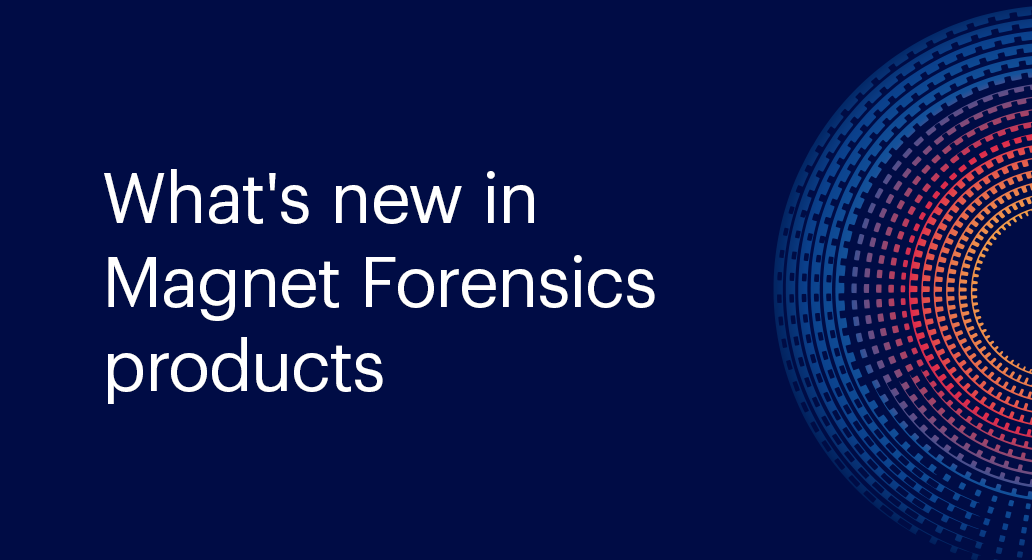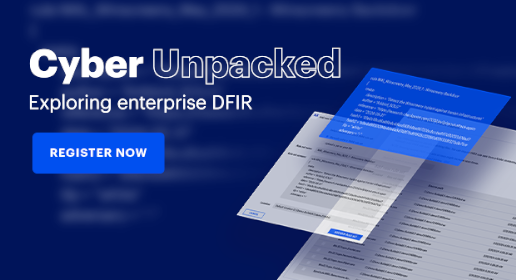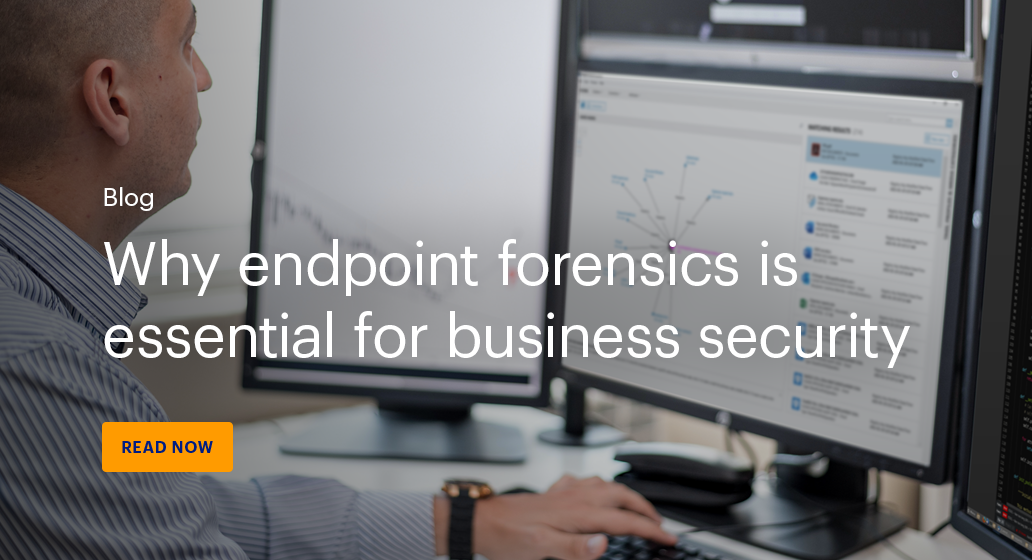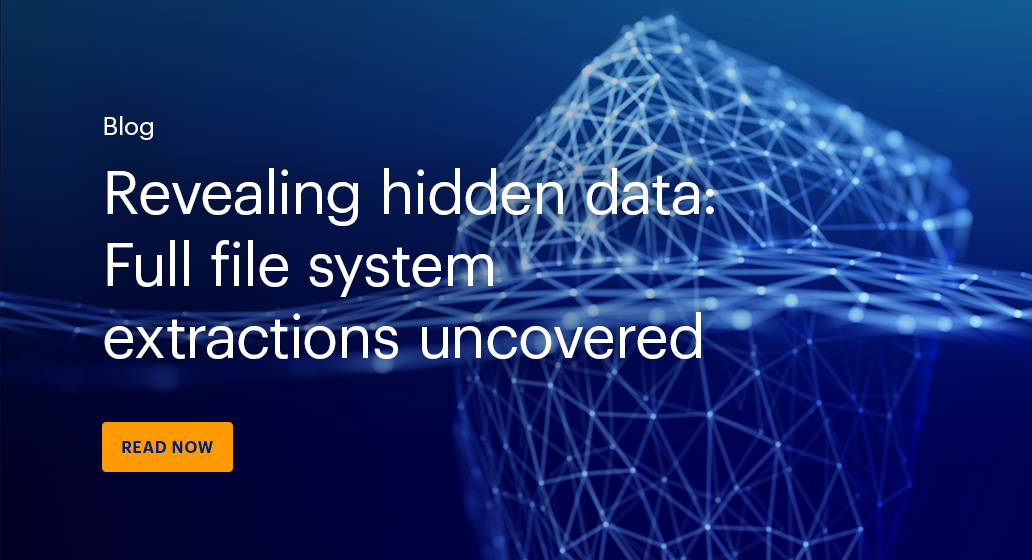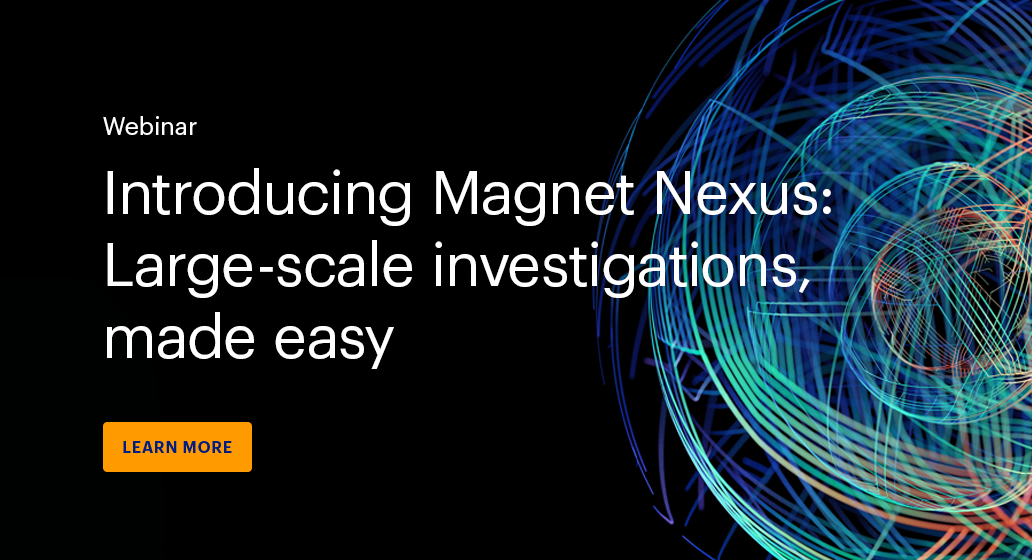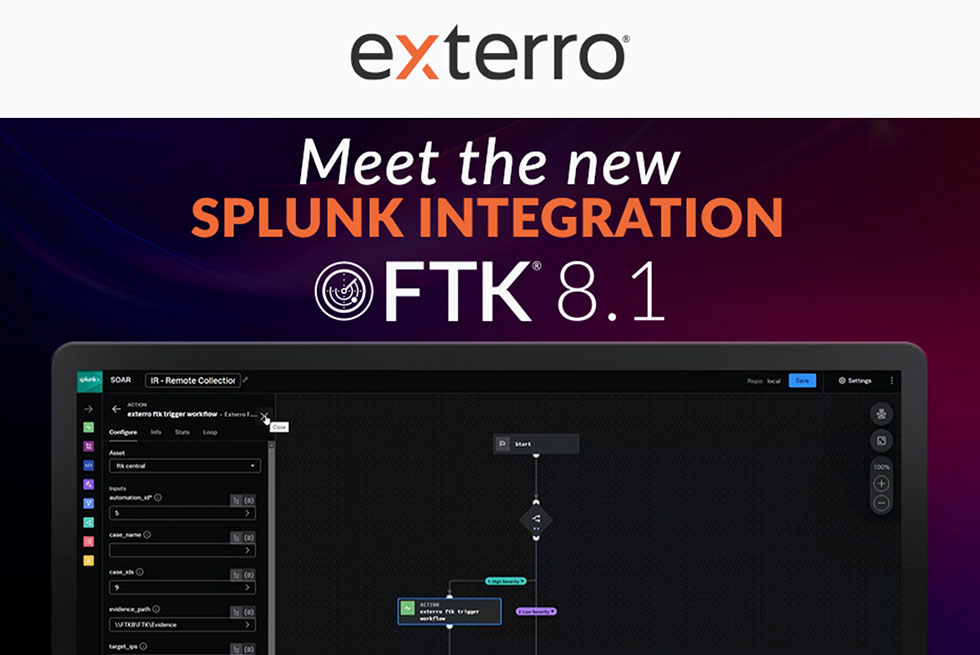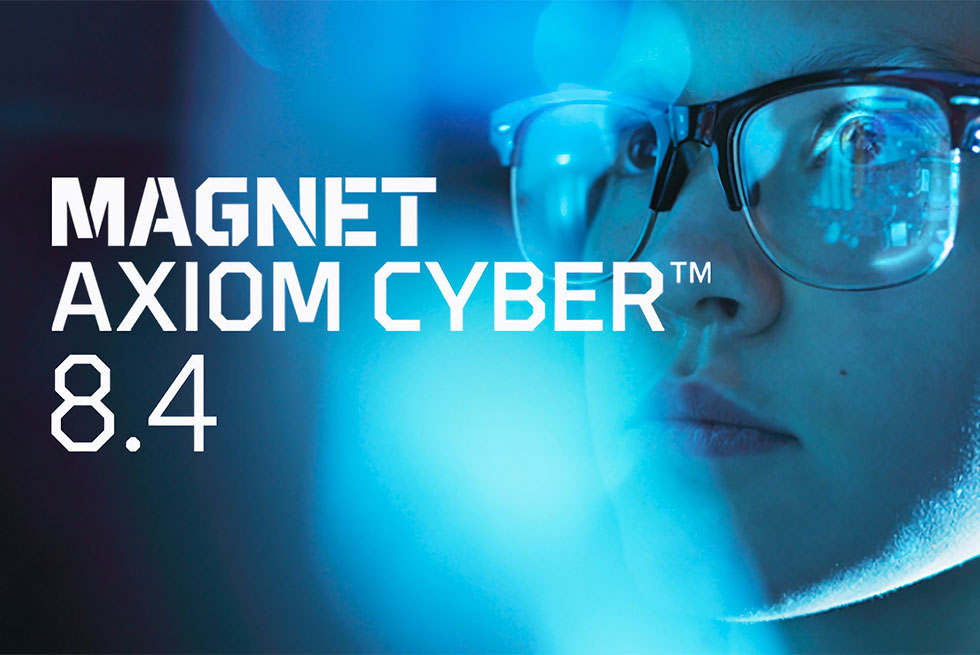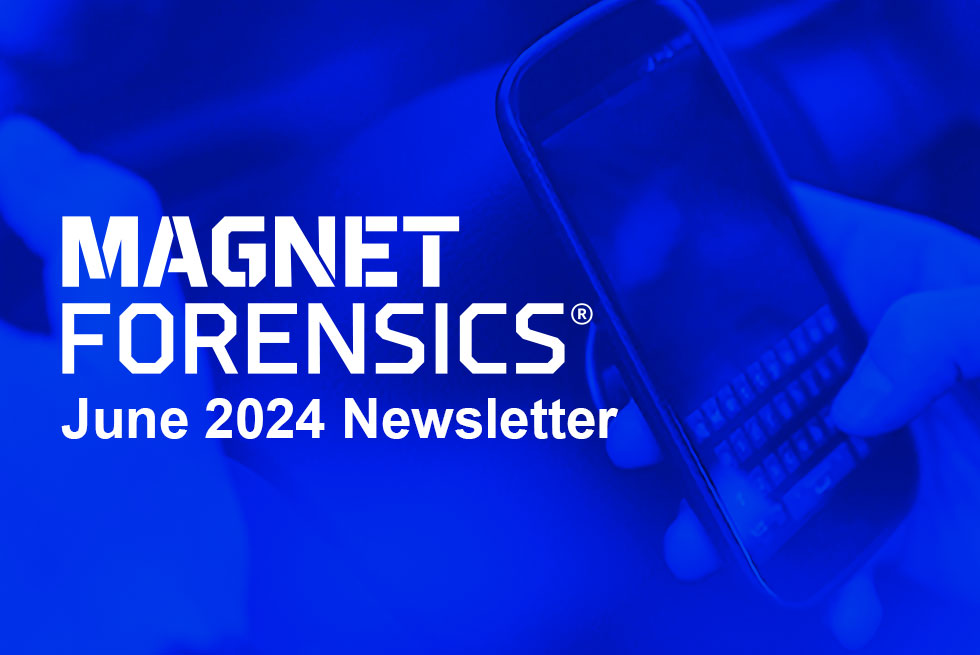
Highlights
- Find out what’s new in Magnet Forensics products.
- Explore the practical challenges of mobile digital forensics with Shanon Burgess and his team at Aperture.
- We’re diving deeper into the world of enterprise investigations with our latest webinar series: Cyber Unpacked, Exploring Enterprise DFIR!
- Learn why endpoint forensics is essential for business security.
- Read our blog to explore the two types of extractions for mobile device investigations.
- Watch our on-demand webinar for an overview of Magnet Nexus, a SaaS-based Enterprise DFIR solution.
To help you understand communications and documents in different languages, we have added a new translation module to Magnet Axiom Cyber that can be used for on-the-fly translation of 32 languages. This gives you the ability to quickly understand if the evidence you are looking at is relevant to help keep your investigation moving forward.
Use client credentials for Box.com authentication →
A new enhancement to our Box.com collection workflow allows you to authenticate and access data with client credentials. If your organization’s data access control policy prohibits the use of global admin accounts or an account’s username and password to authenticate and access data, upgrade now and use client credentials instead to meet your organization’s security, privacy, and compliance policies while collecting the comprehensive cloud data you need for your investigations.
Improvements to AI capabilities →
With Axiom Cyber 8.2, we’ve updated Magnet Copilot to enable the upload of multiple web searches and chats in Q&A, enabling you to search across multiple evidence sources to get a more complete response to your queries and view of the evidence
“The combination of Magnet Verakey and Magnet Axiom has expedited that time to first fact. Faster response has really helped with our client engagement and expanding our business.”
– Shanon Burgess, Digital Forensics Lead, Aperture
In this series, we’ll have experts—like Magnet Forensics’ Doug Metz & Jeff Rutherford—bringing their extensive knowledge of the enterprise DFIR space to you. Join us as we identify notable trends in cybercrime, internal investigations, incident response, eDiscovery support, as well as the digital transformation impact on DFIR. We’ll also share valuable tips on how examiners can help protect organizations from damage.
The first episode, From Zero to YARA Hero: Detect Malware like a Pro, is now available on-demand. Register now so you don’t miss the second episode!
Endpoint forensics is the process of collecting, analyzing, and preserving digital evidence from endpoints—devices like laptops, mobile phones, internet of things (IoT) devices—connected to your organization’s network. This evidence can then be used to investigate security incidents, identify the root cause, and take steps to remediate the issue and prevent future attacks.
Unfortunately, too many organizations believe they have endpoint forensics down to a T with EDR (endpoint detection & response) systems. Learn more on our blog!
Mobile device evidence can be critical to the investigations of fraud, intellectual property theft, policy violations, litigation support, insurance investigations, and eDiscovery.
In an examination we dive into on our blog, we extracted data from a test device utilizing Magnet Process Quick Image, which is a logical extraction. We also extracted a full file system extraction using Magnet Verakey. The extractions were then processed into Axiom Cyber.
Magnet Nexus is a remote endpoint collection and analysis solution built to save you time and to get you forensic insights faster.
Check out our overview of Nexus, a SaaS-based Enterprise DFIR solution, to see how it helps to efficiently acquire and analyze one or multiple remote endpoints to gain broader insights into threats and malicious activities.
Artificial Intelligence’s Impact on Cybersecurity
As the adoption of AI increases; so will the use cases and the implementation for the cybersecurity industry. Organizations must develop a cybersecurity and AI strategy to adapt to the changing attack surface. Using AI in cybersecurity capabilities will have productivity gains from foundation models; and generative AI will reduce human bottlenecks in security.
July 3
Mobile Forensics Images – Getting the Right Data
In this presentation, we’ll dive deep into the distinctive facets of mobile data acquisitions and data insights, from live-stream collection to logical extractions and even full file system extractions facilitated by tools such as Magnet Verakey. We’ll talk about the nuances of each extraction method and the need to consider various approaches in digital investigations based on the data available to determine the best methodology to provide you with essential data to analyze.
July 17
Uncovering the Unseen: Mastering Mobile Data for Internal Investigations and eDiscovery
Join us as we discuss the differences between full file system and logical extractions, and how the distinctions can impact your internal and e-discovery investigations. Using real-world case studies and a live demo, attendees will gain practical insights into effective mobile data retrieval and analysis, ensuring comprehensive and robust investigations.

